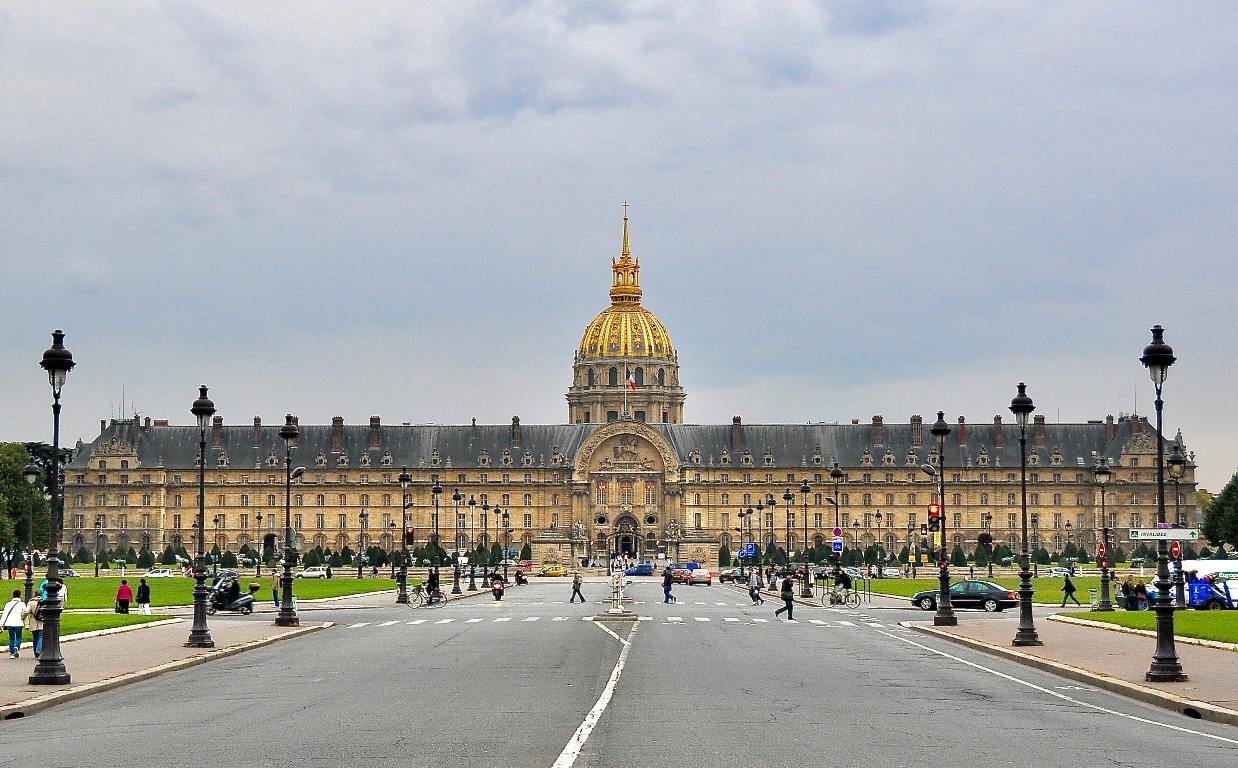Updated on 21 October 2025
Few landmarks in Paris illustrate French history as clearly as Les Invalides. With its recognizable golden dome visible from across the Seine, this complex combines classical architecture with its original role as a home for war veterans.
Les Invalides tells stories of the people who lived, fought, and were remembered here. From Napoleon’s tomb to the Musée de l’Armée, from quiet courtyards to the immersive Aura Invalides light show, it connects France’s military past with the everyday life of Paris.
A Monument Born of Compassion
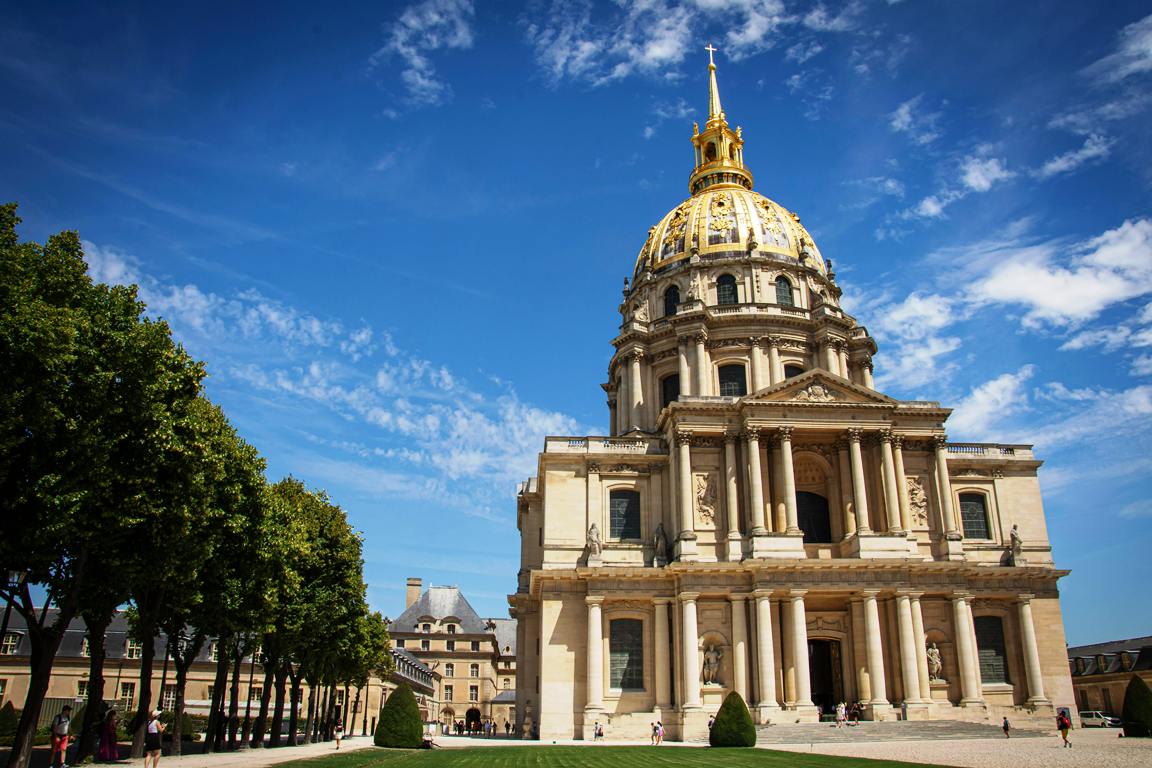
Louis XIV, the Sun King, built Versailles Palace in the 17th century. Alongside regular builders, soldiers not deployed to battlefields were recruited to help with its construction. The project had to move quickly so that 10,000 residents could soon settle there.
As France’s power expanded through the king’s many wars, victory came at a human cost. Many soldiers returned wounded — missing limbs or unable to care for themselves. Some were even abandoned by their families and forced to beg near churches. The veterans working on Versailles noticed this injustice. When construction was halfway done, they told the king that unless he created a home for their injured comrades, they would refuse to keep building.
In 1670, moved by their appeal, Louis XIV ordered the creation of a vast complex on the Left Bank — a permanent home for soldiers who could no longer serve. The king personally laid the cornerstone in 1671, and by 1674, the first residents moved in.
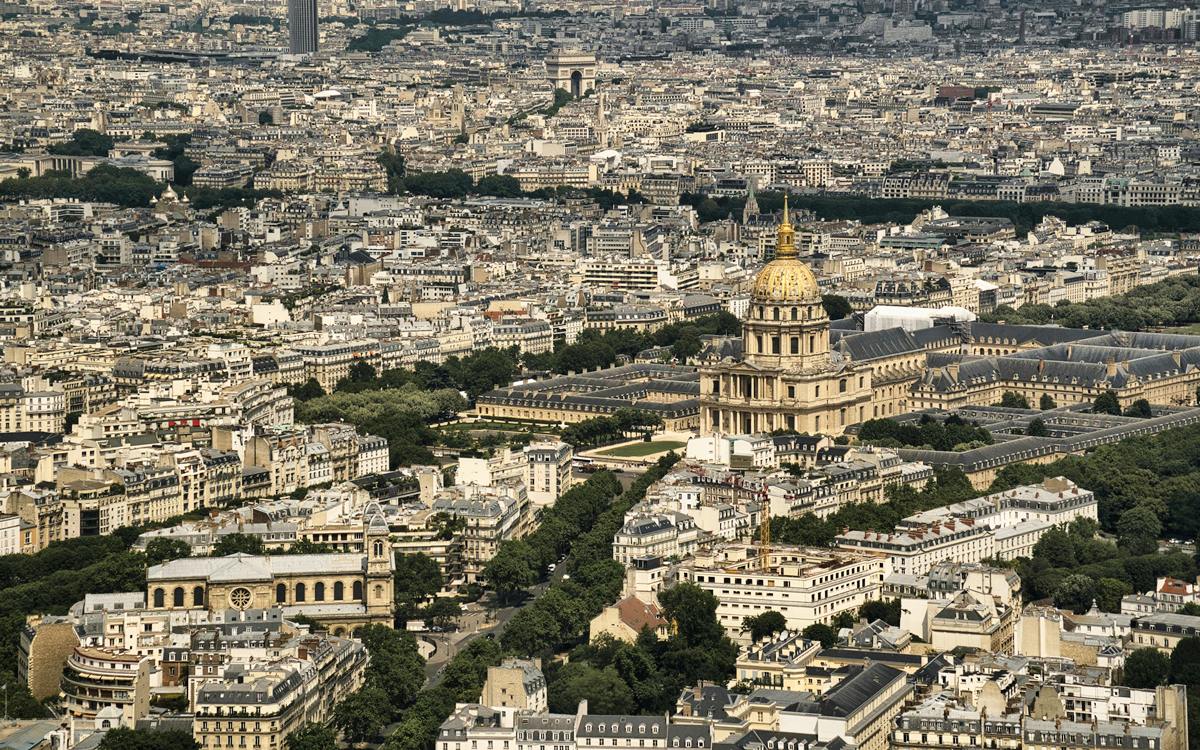
Architect Liberal Bruant designed the initial plan, and Jules Hardouin-Mansart, who also worked on Versailles, later added the Dôme des Invalides. Completed in 1706, it became one of the most striking examples of French Baroque architecture.
Originally called Hôpital des Invalides (Hospital of the Disabled), the complex could accommodate up to 5,000 veterans, who lived, ate, and prayed together under strict supervision. Even today, the site includes a functioning hospital complex that serves the general public, not just war veterans.
About 80 to 90 veterans still live here permanently, fully supported by the French state. Every veteran who wishes to move in is granted permission — whether injured or not. On fine days, you may see them sitting in the courtyards, a living reminder of the building’s enduring purpose.
Architecture, Courtyards, and Surroundings
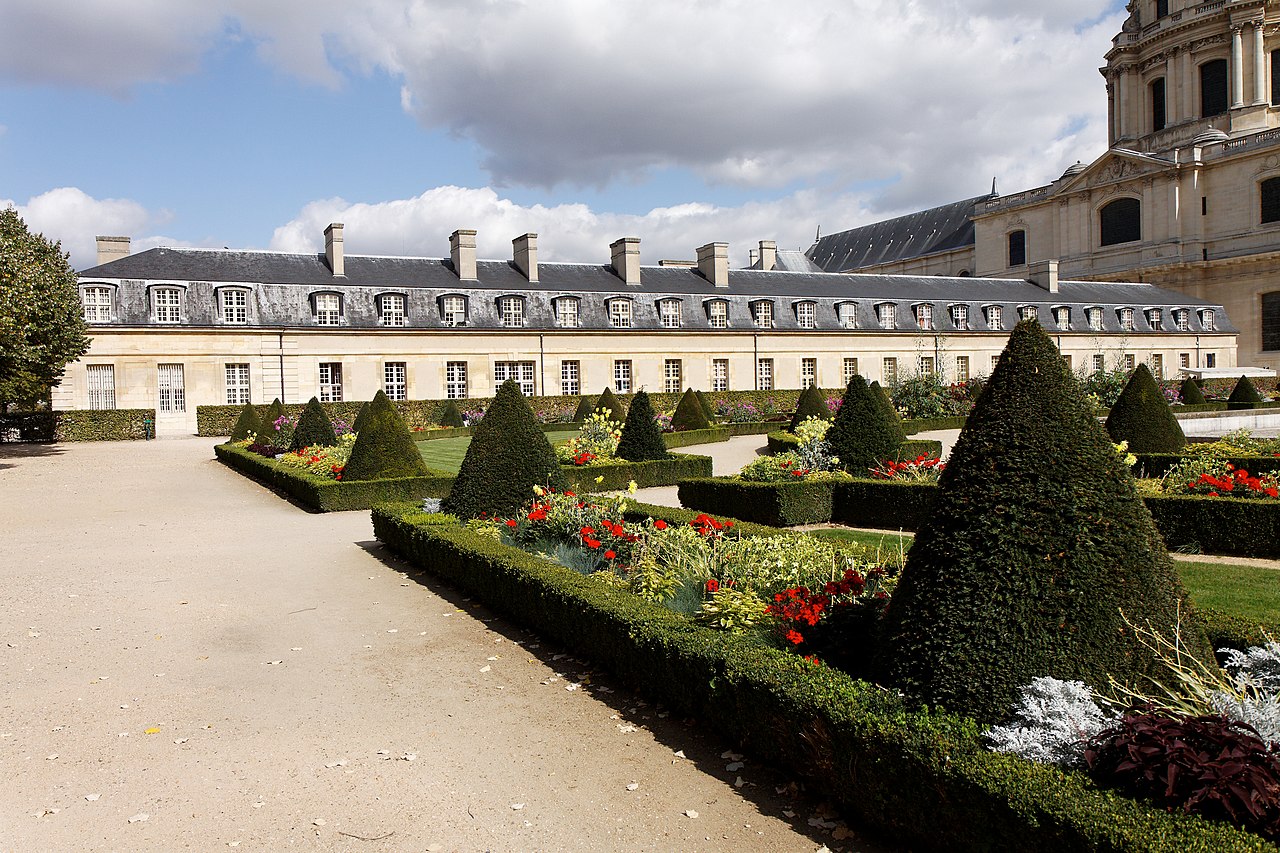
Les Invalides is more than its golden dome — it is an immense architectural world of its own. The complex includes 17 courtyards, though only a few are open to visitors. The grand Cour d’Honneur (Honor Courtyard) is the best known and open to the public. Here, Napoleon Bonaparte once presented Légion d’honneur medals, and even today, the space is used for ceremonies honoring distinguished French citizens.
The entire site is surrounded by a moat lined with cannons, all of which once served in the French army. On state occasions, they are still fired in salute. Following the road over the moat, you’ll reach a garden where the trees are trimmed into the shape of artillery shells. Among them, small rabbits often hop around — a lighthearted detail in a solemn setting.
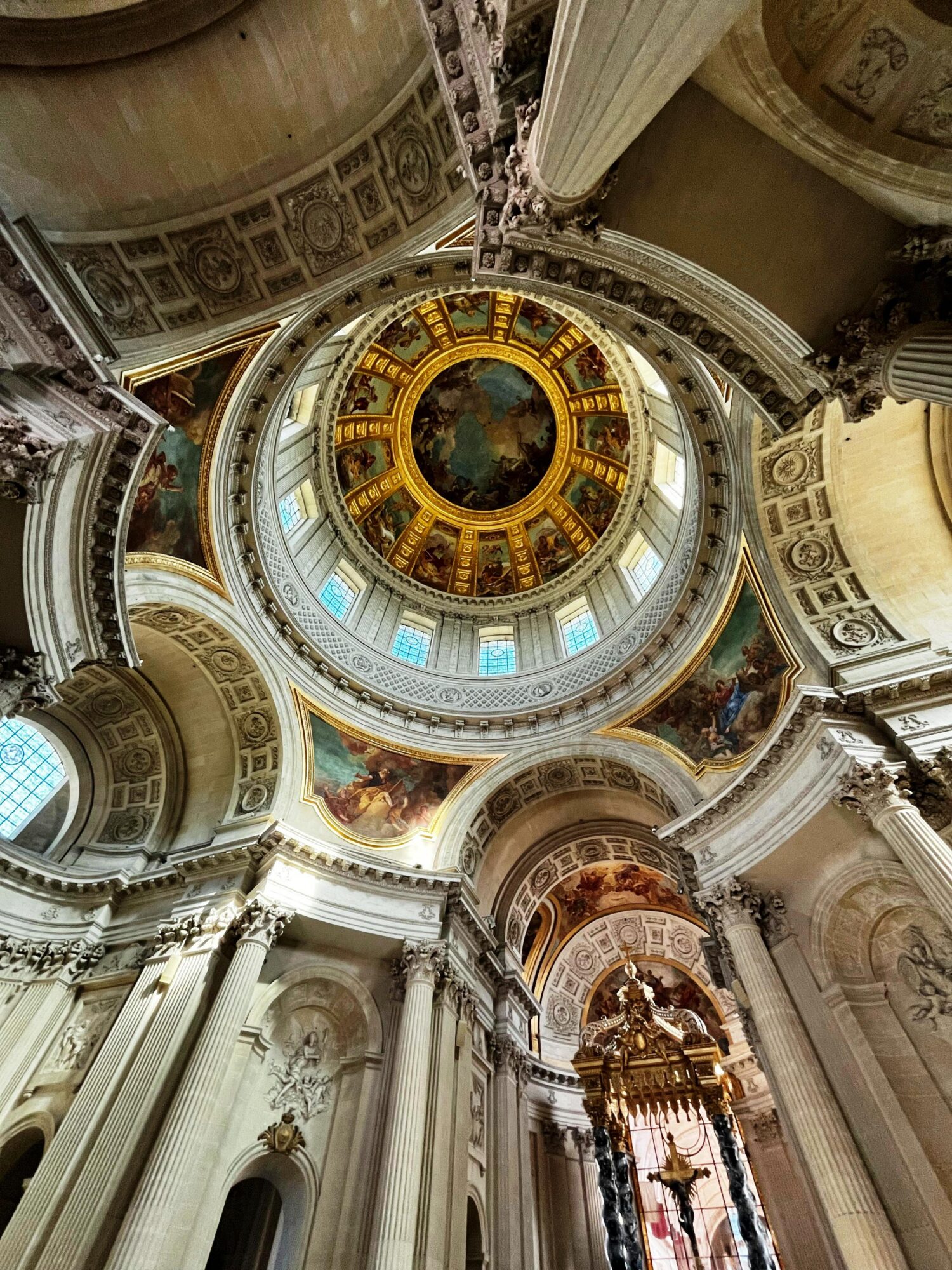
The Golden Dome and Napoleon’s Tomb
Walk across the Esplanade des Invalides, and the first thing you’ll notice is the golden dome, one of the most famous silhouettes in Paris. The building itself is more renowned than what lies beneath — the tomb of Napoleon Bonaparte.
After his death in exile on Saint Helena in 1821, Napoleon’s remains were returned to France in 1840 in a solemn ceremony. His tomb was placed here two decades later, in the heart of the Église du Dôme.
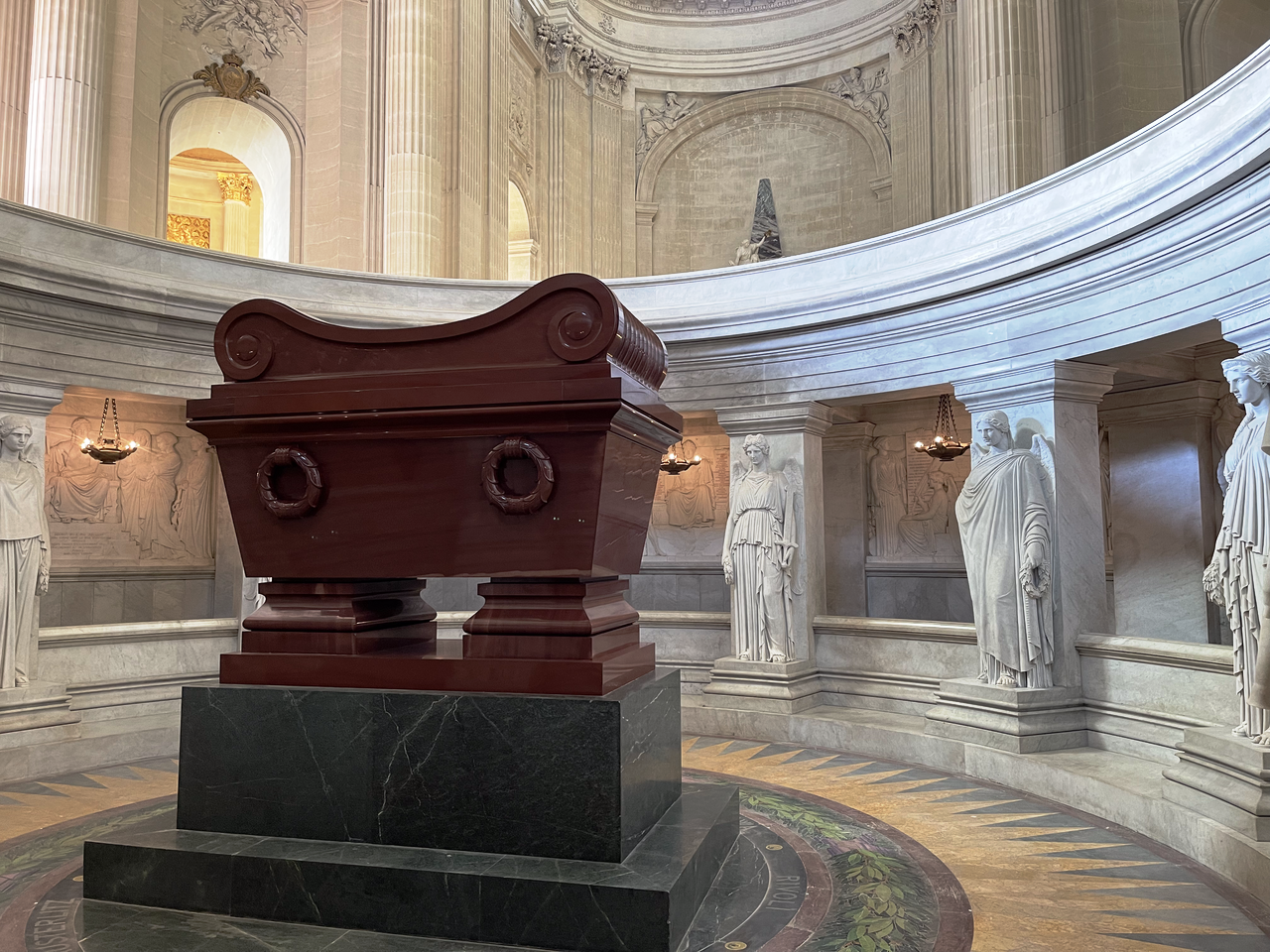
The emperor rests inside six nested coffins, designed to protect his remains from the effects of climate and time. Around the red quartzite sarcophagus stand twelve winged Victory figures — their wings folded in mourning. The circular crypt is illuminated from above, and engraved around it are the names of Napoleon’s great victories, including Austerlitz, Rivoli, and the Pyramids.
The massive bronze doors to the tomb were cast from melted-down cannons captured at the Battle of Austerlitz, just as the column on the Place Vendôme was made from similar bronze. Nearby rest other military figures such as Joseph Bonaparte, Marshal Foch, and Lyautey.
Look up to the cupola ceiling, where a vast fresco shows Saint Louis offering his sword to Christ — a symbol of divine justice and duty.
Inside the Musée de l’Armée
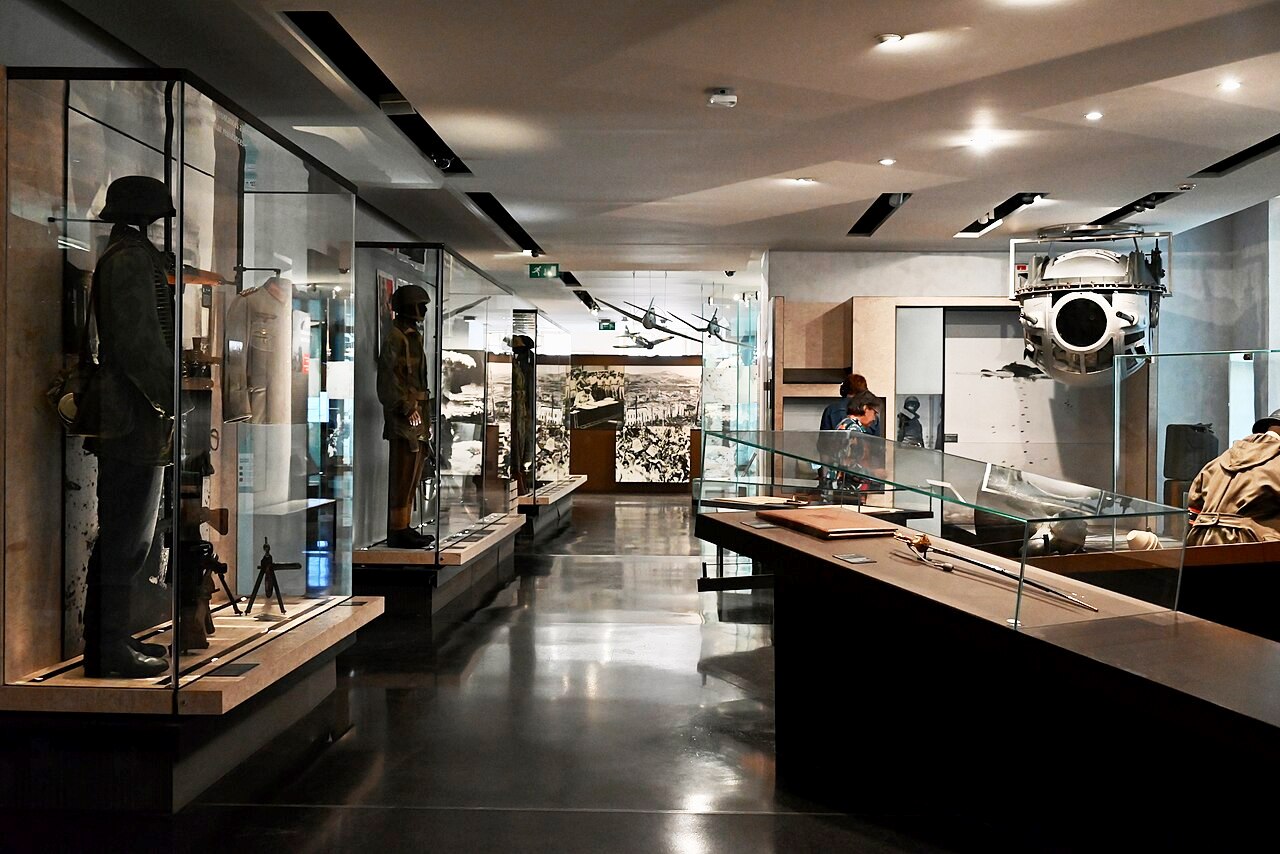
Beyond the church lies the Musée de l’Armée, one of the most extensive military museums in the world. Its collection spans from medieval armor and Renaissance weaponry to World War II exhibits and aviation artifacts.
Highlights include:
- Armor once worn by kings and knights.
- Napoleon’s personal sword and ceremonial hat.
- Moving displays on both World Wars, including the liberation of Paris in 1944.
In total, the site houses five museums: the Army Museum, the Museum of Contemporary History, the Charles de Gaulle Multimedia Museum, the Museum of Relief Maps, and Napoleon’s Tomb beneath the Dome.
You can find current exhibition details on the official Les Invalides website.
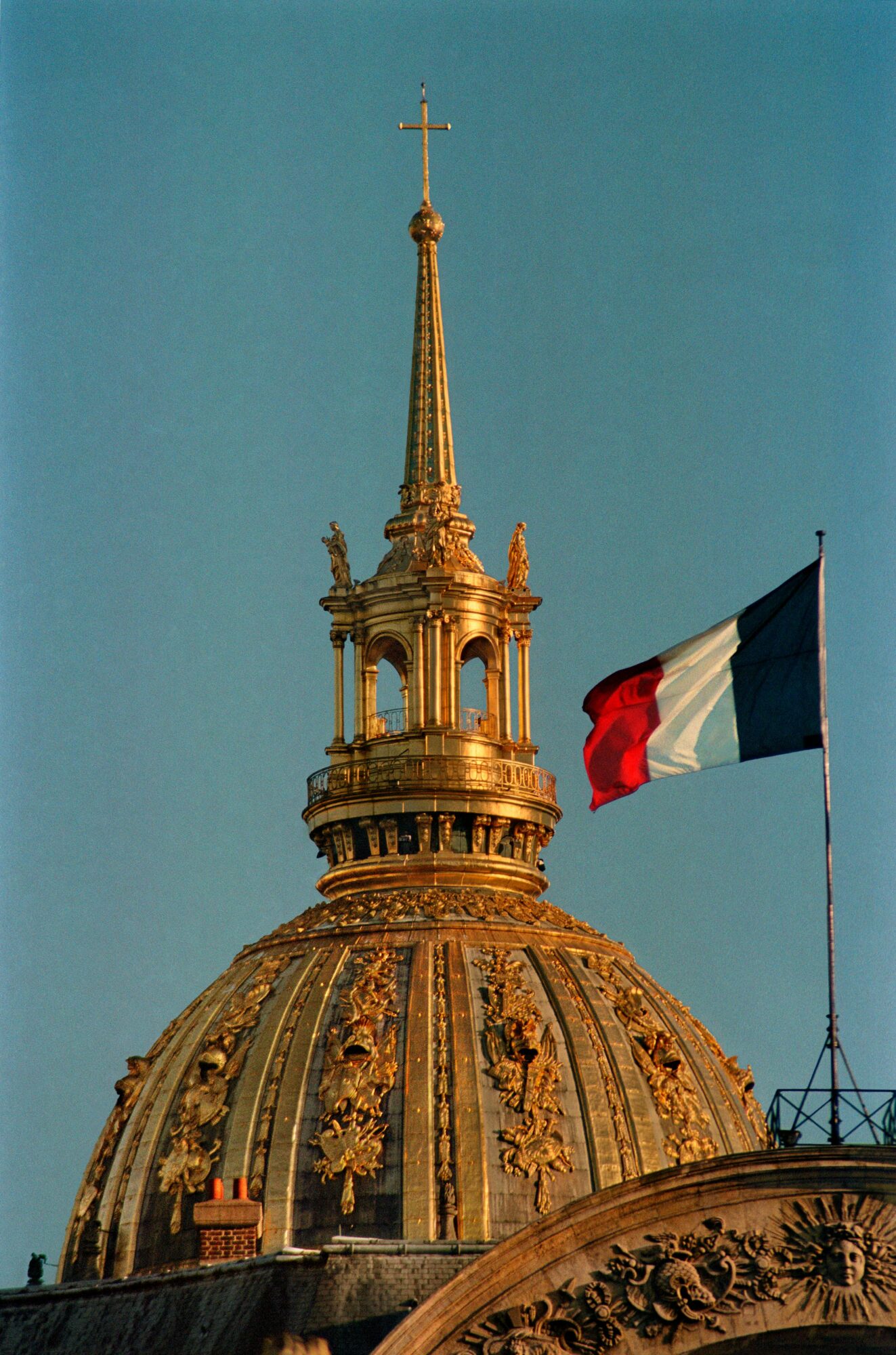
Aura Invalides: Light, Sound, and Architecture
The Aura Invalides experience brings new life to the site’s interior through a spectacular combination of light, sound, and architecture. Held inside the Dôme itself, the show allows visitors to explore the space in a completely new way during the afternoon.
Dates and times may vary depending on holidays or special events, so check the official ticket page before planning your visit.
The Living Legacy of Les Invalides
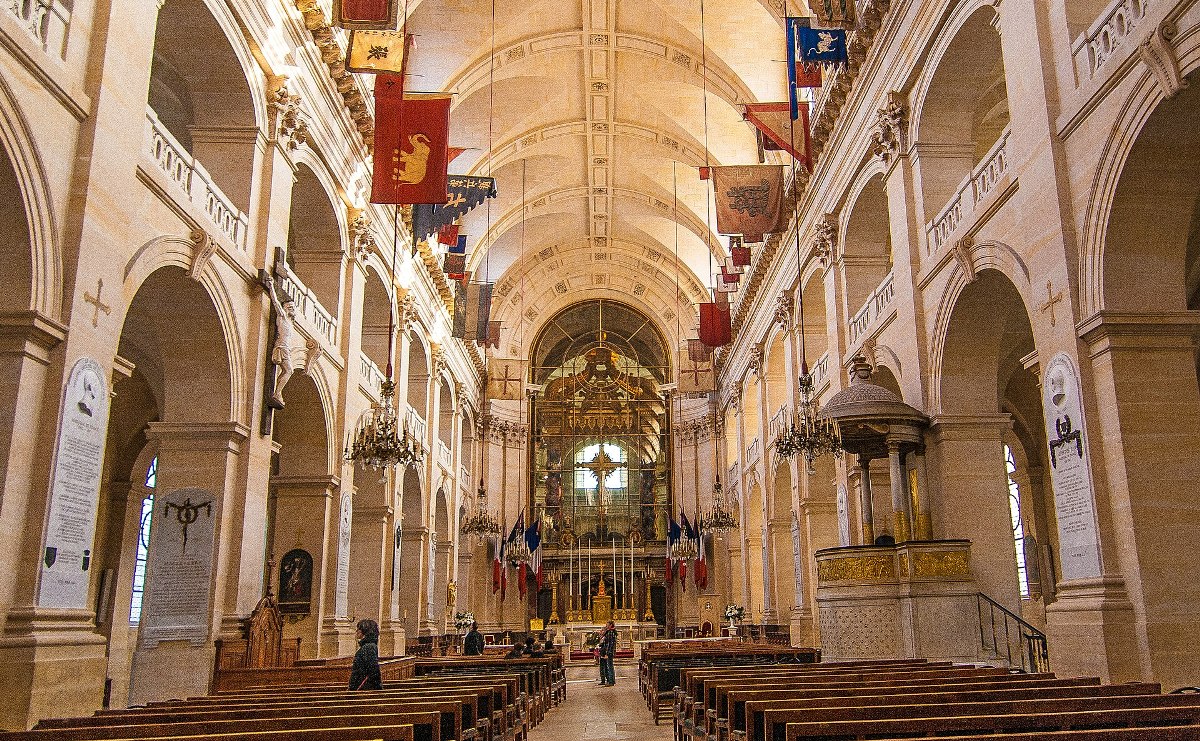
Life within these walls has always followed rhythm and routine. In earlier centuries, veterans lived by strict discipline, attending mass daily and working in craft workshops such as shoemaking, weaving, and tapestry restoration. They also grew fruits and vegetables in the courtyards, living largely self-sufficiently. Look closely at the staircases: the unusually low steps — about 10 centimeters high — were designed so even those with wooden legs could climb them safely.
The Cathedral of Saint-Louis des Invalides, adjoining the Dôme, remains a functioning church. It has two entrances: the northern one for soldiers and the southern one for royalty. They shared a single altar — a symbol of unity between the crown and those who served it. Inside, the walls are decorated with regimental flags and captured battle standards. Nowhere else in France are flags displayed in a church, but here it reflects the site’s military roots.
Each Sunday, mass is still held for veterans, during which the church is closed to the public. At other times, visitors may enter freely.
Why Les Invalides Is Worth Visiting
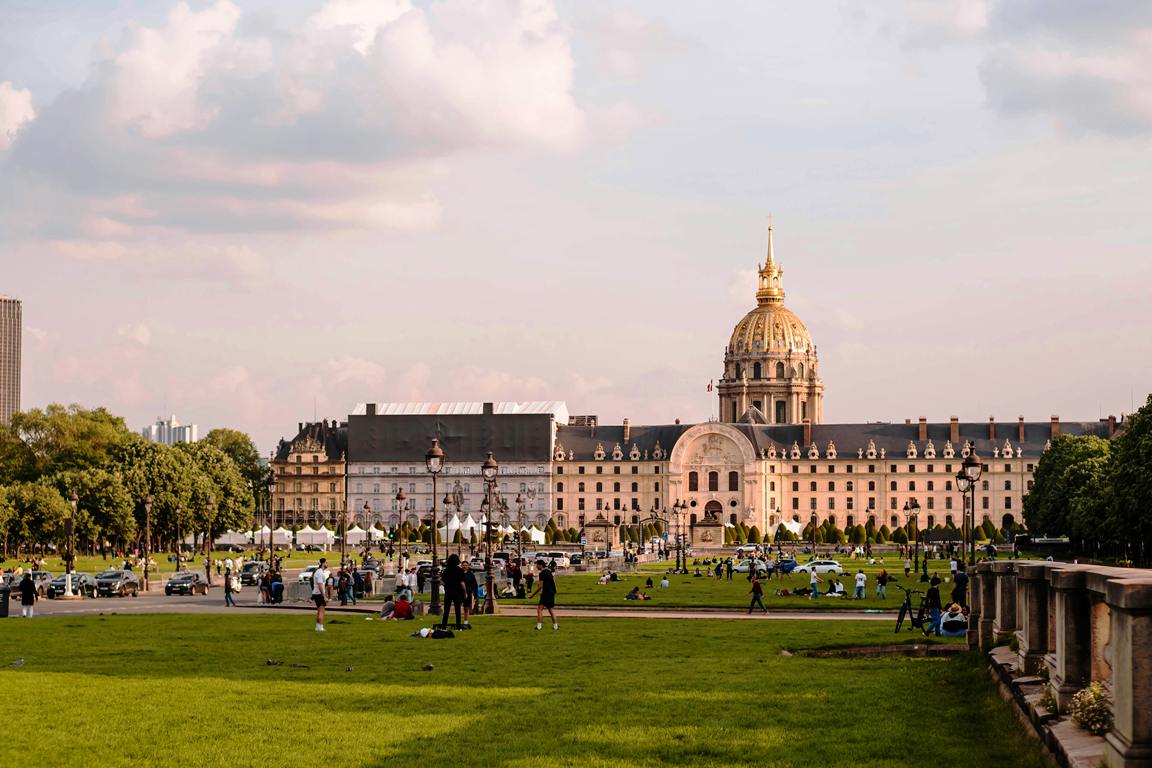
Les Invalides combines architecture, history, and living tradition in one site. It remains both a historical monument and an active institution — housing veterans, hosting national ceremonies, and serving as a hospital. Every visiting head of state passes through Les Invalides to pay respect to France’s soldiers and its history.
Visitors can explore the courtyards, museums, and churches, or take a quiet moment to observe the veterans who still call this remarkable place home.
Plan Your Visit with Paris For You
Want to explore Les Invalides and nearby attractions with ease?
The Paris For You app helps you find curated routes, quizzes, and offline maps — all in 26 languages, perfect for discovering every detail of Paris without stress.
Download on Android
Download on iPhone
